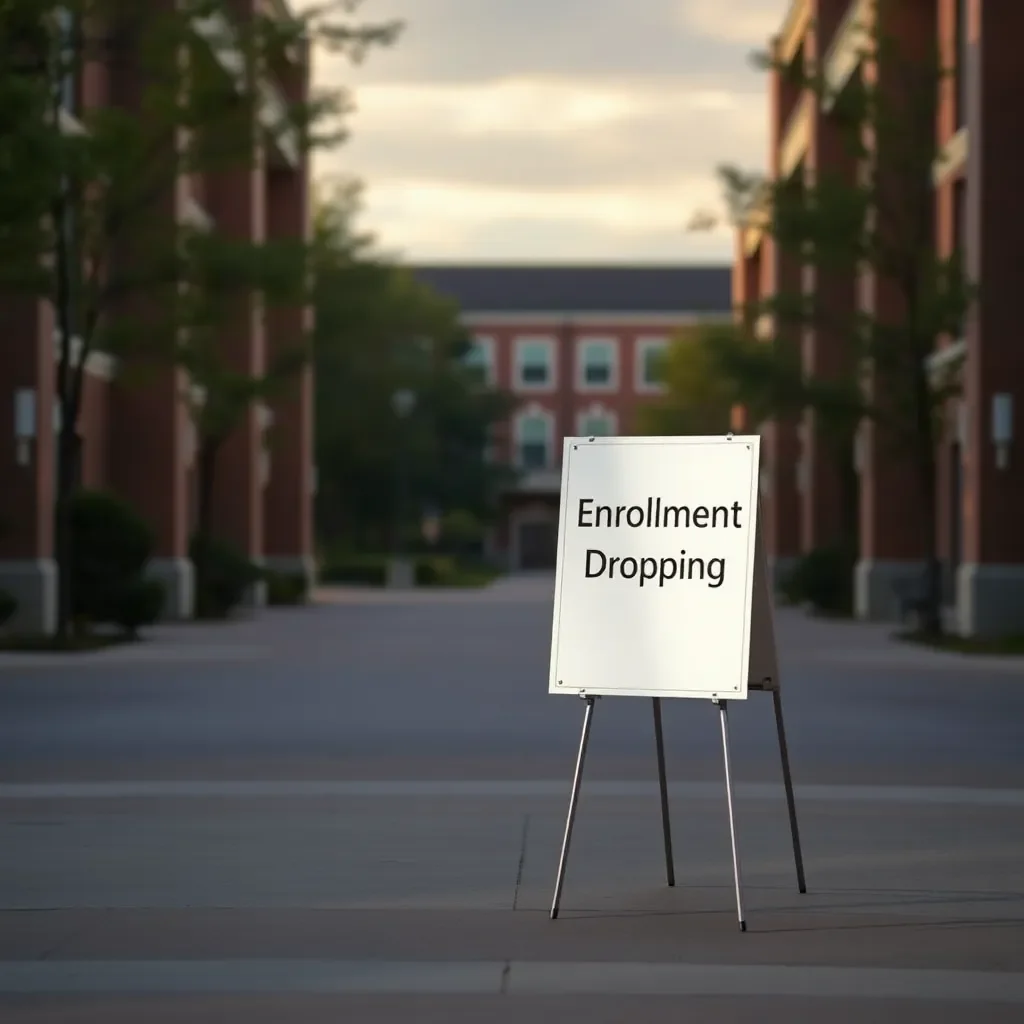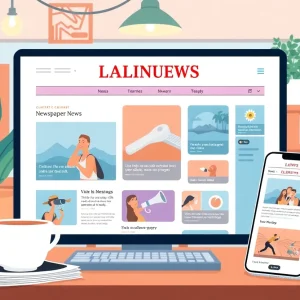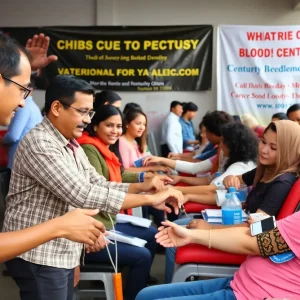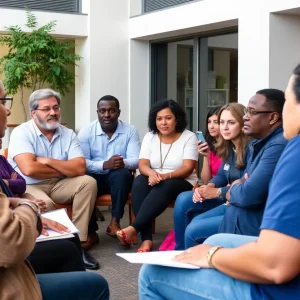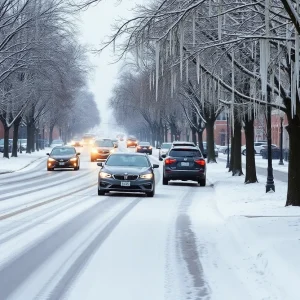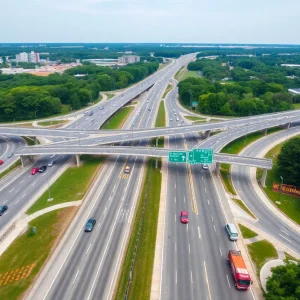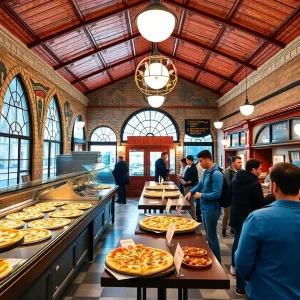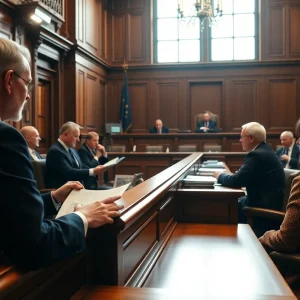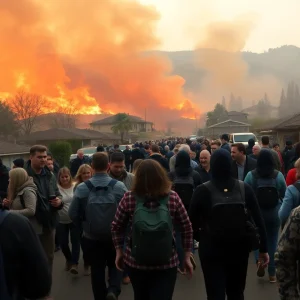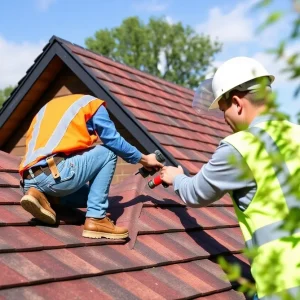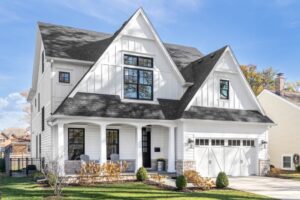Charleston Faces Higher Education Challenges Amid Enrollment Drops
Charleston, known for its charming streets and sunny skies, is in a bit of a conundrum when it comes to higher education. With balmy weather drawing in young families and eager college-goers, you might think that Charleston and the rest of South Carolina would be sprinting ahead, leaving behind the challenges that schools face across the nation. But hold onto your hats—experts are saying that even the Palmetto State needs to start preparing for a future that might not be as bright as it seems.
The Reality Check
According to some of the state’s top policymakers, South Carolina can’t afford to be in denial about the impending demographic shifts. Governor Henry McMaster recently pointed out in a letter to the state legislature that, despite a demand for skilled workers, many colleges are struggling with declining enrollments.
“Many colleges across the nation are seeing declining enrollments,” McMaster said, stressing the importance of assessing whether the courses and degrees offered truly align with the future workforce needs of South Carolina.
Nationwide Trends Hit Home
Nationally, there’s been a startling trend: over the past decade, more than 500 colleges and universities have either closed their doors or merged with other institutions. As the Wall Street Journal reported, the total number of college students has dropped by 10%, which amounts to about 2 million students.
Now, if that isn’t enough to raise eyebrows, predictions indicate that the number of high school graduates will decline for years to come, starting around 2025 due to a dip in birth rates. This means even tougher times ahead for schools across the country.
Good News for Students
Here’s a silver lining for those looking to apply to college: the shrinking number of students means a rising chance of acceptance into those more competitive schools. Recent evaluations indicate that colleges are actively competing for this smaller pool of students, making the admissions process a little less daunting.
In South Carolina, acceptance rates have been climbing from 55% to 65% at state-supported colleges and universities since 2017. So for aspiring students, those odds are looking pretty good.
But There’s More to the Story
Nevertheless, as the President of the South Carolina Commission on Higher Education (CHE), Jeff Perez, noted, not all schools are in the same boat. While some universities have seen an uptick in acceptance rates, prestigious institutions like Clemson and the University of South Carolina are remaining competitive and accepting a lower percentage of applicants during the same time frame.
Facing the Facts
Experts are warning that South Carolina’s brief reprieve shouldn’t be mistaken for a permanent solution. A continuous drop in birth rates and subsequent enrollments doesn’t bode well for the future of the state’s higher education landscape.
To navigate these choppy waters, there’s a growing consensus that a few proactive measures need to be taken. Research suggests that consolidating existing state schools and paring down the variety of programs offered could be part of the solution, which McMaster is urging the legislature to consider.
A Call for Change in Governance
One point that has come up during discussions around these challenges is the governance of South Carolina’s higher education system. Critics argue that the current decentralized structure, with 33 largely autonomous institutions, isn’t doing any favors. Some are even suggesting that a more centralized approach—like that used in states such as North Carolina—could bring much-needed efficiency and cohesion.
Despite this evidence, tightening governance structures isn’t a new conversation. Even former Governor Mark Sanford broached the subject back in the early 2000s, but efforts to create an independent board fizzled out in the legislature. Will history repeat itself? Observers at the Statehouse think bureaucratic hurdles and the clout of university interests might impede progress.
Workforce Development on the Horizon
In a year where workforce development has been a hot topic, South Carolina has rolled out the Unified State Plan for Education and Workforce Development (USP)—a roadmap outlining priority occupations for the state. Given the global economy’s insatiable demand for knowledgeable workers, crafting a robust workforce has never been more pressing.
“Knowledge is the fuel that powers South Carolina’s economic engine,” said Perez upon the report’s release. The plan is aimed at ensuring that residents have the necessary education preparation for their career choices in the years ahead.
So, Charleston folks, while we bask in the sunshine and enjoy our vibrant community, let’s keep a watchful eye on the complexities brewing in the world of higher education and workforce development. After all, staying informed is just as important as enjoying those beautiful Lowcountry days.



